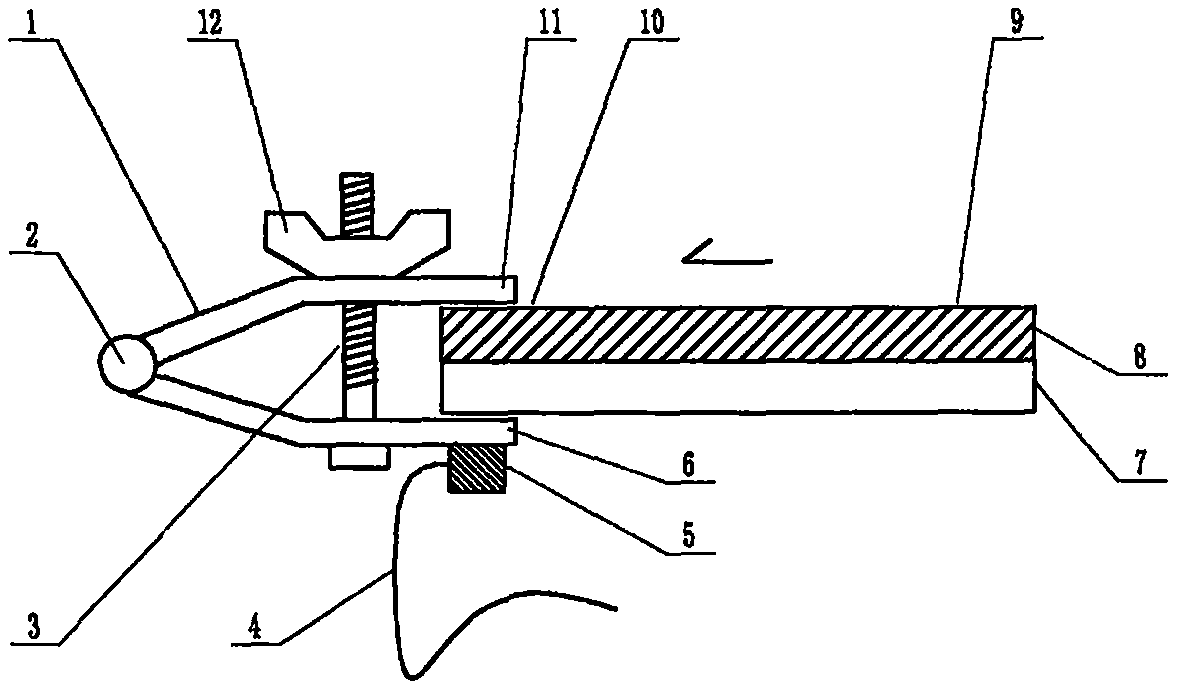Microfluidic chip device with polydimethylsiloxane as substrate material
A polydimethylsiloxane and microfluidic chip technology, applied in the field of analysis and testing, can solve the problems of large flow resistance, which have not been properly solved, and difficulties in the passage of fine liquid flow, so as to achieve the effect of eliminating troublesome procedures
- Summary
- Abstract
- Description
- Claims
- Application Information
AI Technical Summary
Problems solved by technology
Method used
Image
Examples
Embodiment Construction
[0040] exist figure 1In the shown embodiment of the present case, the structure of the device includes a microfluidic chip, and the structure of the microfluidic chip includes a substrate 8 and a cover sheet 7 that are attached to each other. The sampling end 9 of the sample liquid flow is far away from the terminal 10 of the sample liquid flow, and the distance between the sampling end 9 and the terminal 10 is between 3 cm and 10 cm. The microfluidic chip is tested The sampling end of the sample liquid flow is provided with an injection end liquid pool, and the terminal of the sample liquid flow is provided with a terminal liquid pool, and the two ends of the pipeline in the chip are connected to the sample injection end liquid pool and the terminal liquid pool respectively. Connected, the point is that the material of the substrate 8 is polydimethylsiloxane material, and the surface of the substrate 8 is a surface in a native form. The surface in a native form means that it ...
PUM
| Property | Measurement | Unit |
|---|---|---|
| Thickness | aaaaa | aaaaa |
Abstract
Description
Claims
Application Information
 Login to View More
Login to View More - R&D
- Intellectual Property
- Life Sciences
- Materials
- Tech Scout
- Unparalleled Data Quality
- Higher Quality Content
- 60% Fewer Hallucinations
Browse by: Latest US Patents, China's latest patents, Technical Efficacy Thesaurus, Application Domain, Technology Topic, Popular Technical Reports.
© 2025 PatSnap. All rights reserved.Legal|Privacy policy|Modern Slavery Act Transparency Statement|Sitemap|About US| Contact US: help@patsnap.com

